Description
Also available as a Go Green Downloadable E-Book™ – Click Here
Building Literature Circles is a comprehensive book, with general information as well as an in-depth look at actual classroom experiences and teacher-tested suggestions. Section One discusses the "What, Who, When, Where, Why and How" of Literature Circles. General information about planning, training, getting started, managing the Literature Circle classroom, evaluation and grading is presented in this section of the book. Section Two reveals the anatomy of the Buck-Aydelott Model for a Literature Circle. It discusses details about its operation, management, discipline, and evaluation. The authors offer strategies for organizing and conducting Literature Circles. Section Three provides end-of-book group project ideas, independent book extension ideas and reader response exercises that are generic in nature and can be used with any books chosen for Literature Circles. Section Four contains reproducibles for evaluations and reflections, roles, record keeping, graphic organizers and patterns. Section Five offers a booklist.
Sample Pages
CLC0308A.pdf
CLC0308B.pdf
CLC0308C.pdf
CLC0308D.pdf

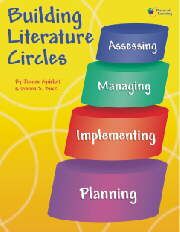

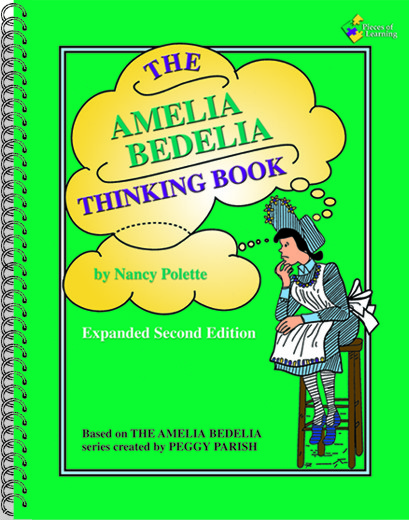
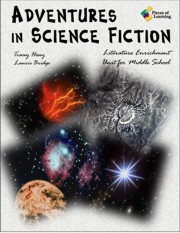
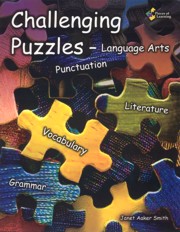
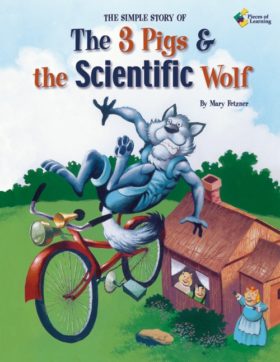
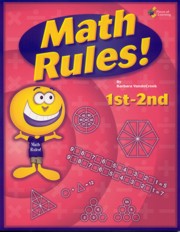
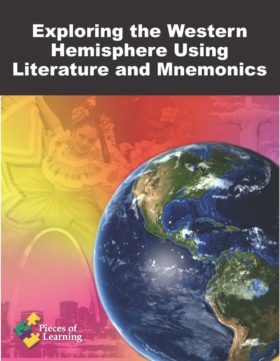
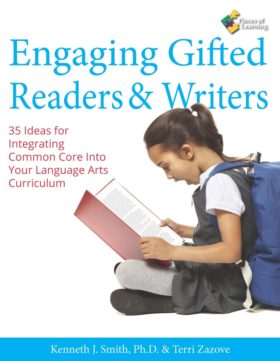
Loyal Customer –
This book is full of reproducibles and tips for use with literature circles, i.e., small temporary groups of students who read and discuss the same book. Each person in the group has an assigned role (such as “moderator,” “assessor,” “astute artist,” or “summary secretary”). The roles rotate from meeting to meeting. Lit circles would be very useful to me as a teacher of gifted students, some of whom are avid readers who have already read the book that I select for the class. With lit circles, a variety of books can be read at the same time by different groups, so students can choose a book that is new to them. Another benefit is that fewer copies of a given book are needed. I could use 25 copies of four books instead of having to find 100 copies of one book.
It is suggested that students choose their books after hearing a “book talk” on each of the choices. I think that my students would enjoy having a choice, and they would benefit from the responsibility given to them in a literature circle. I think that they might be more accountable to each other for actually doing the reading than they are to a teacher.
Planning is critical to the success of lit circles, and this book has many planning charts and forms that can be used. There are also excellent assessment forms to be used by the teacher, the “assessor” in the group, and each student for self-evaluation. The book emphasizes that students must be oriented to the roles that they will play in the groups and must practice those roles with a short story or poem before undertaking a novel. Steps are listed for how to orient and “train” the students.
Many ideas are given for both group and individual culminating projects. I liked the idea for a “story quilt” to be created by the group. Each member of the group creates a square about a favorite scene or passage, and the squares are attached to form a “quilt.” Each group’s project serves as promotion of their book to others in the class, a nice side benefit.